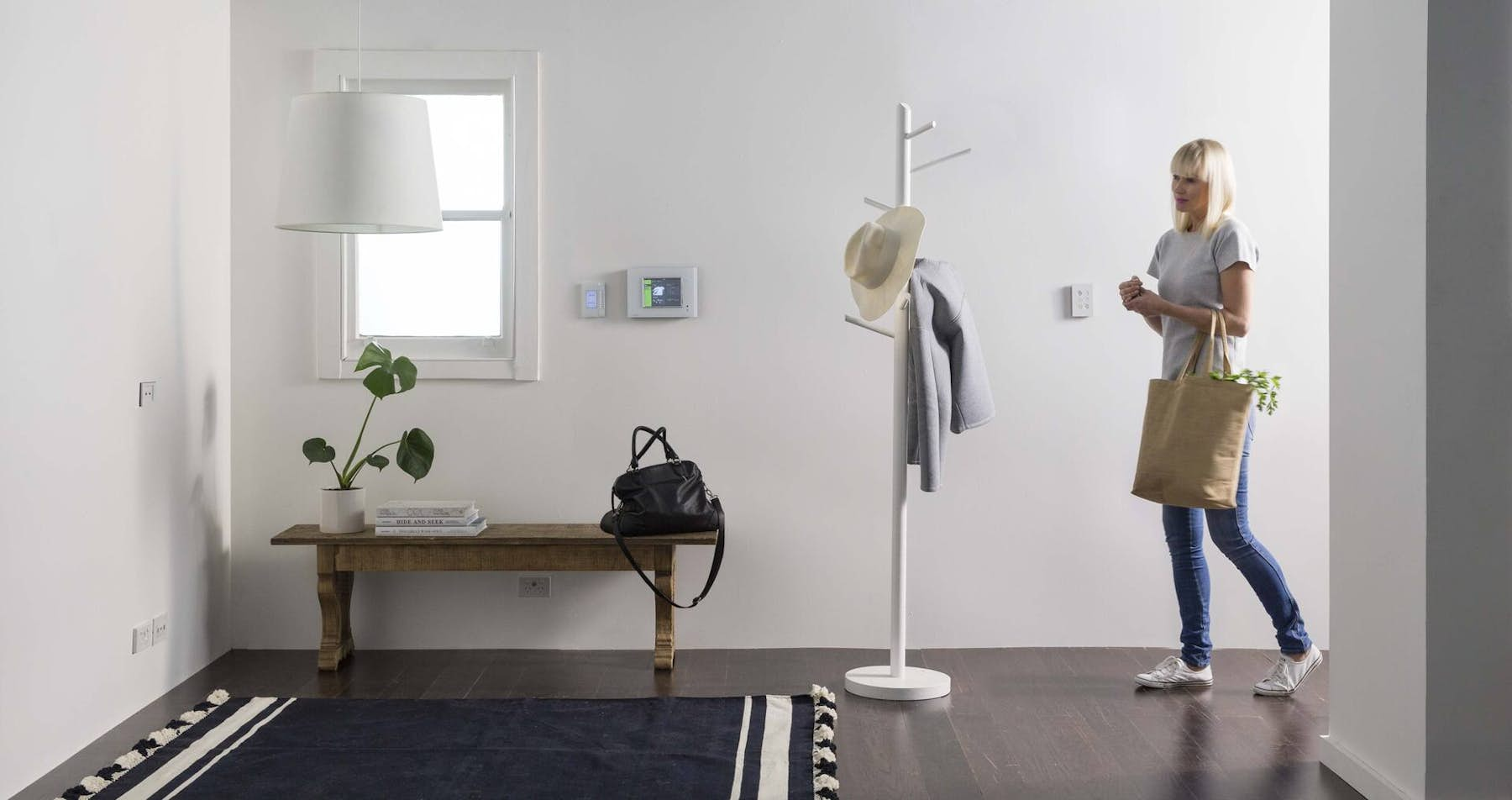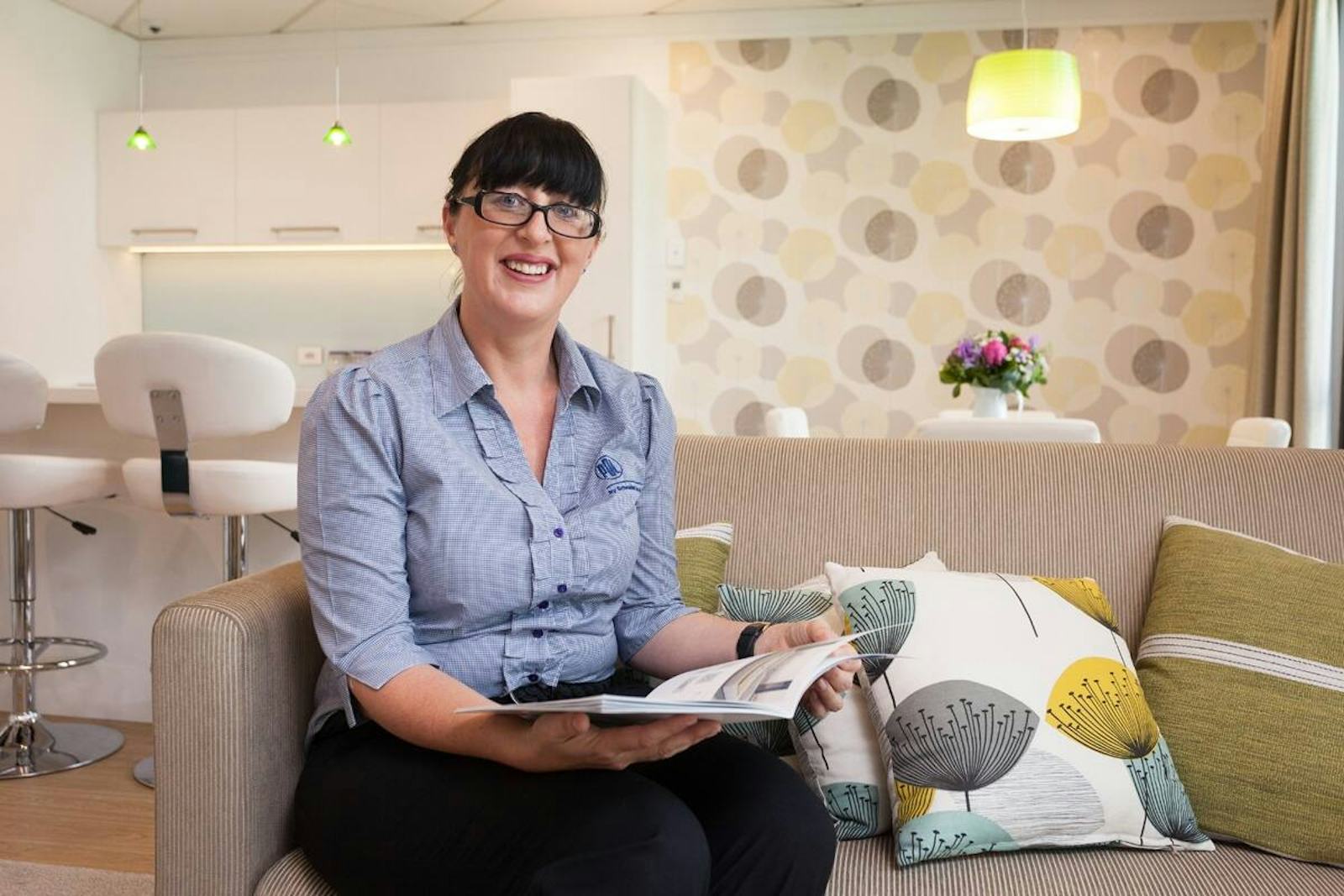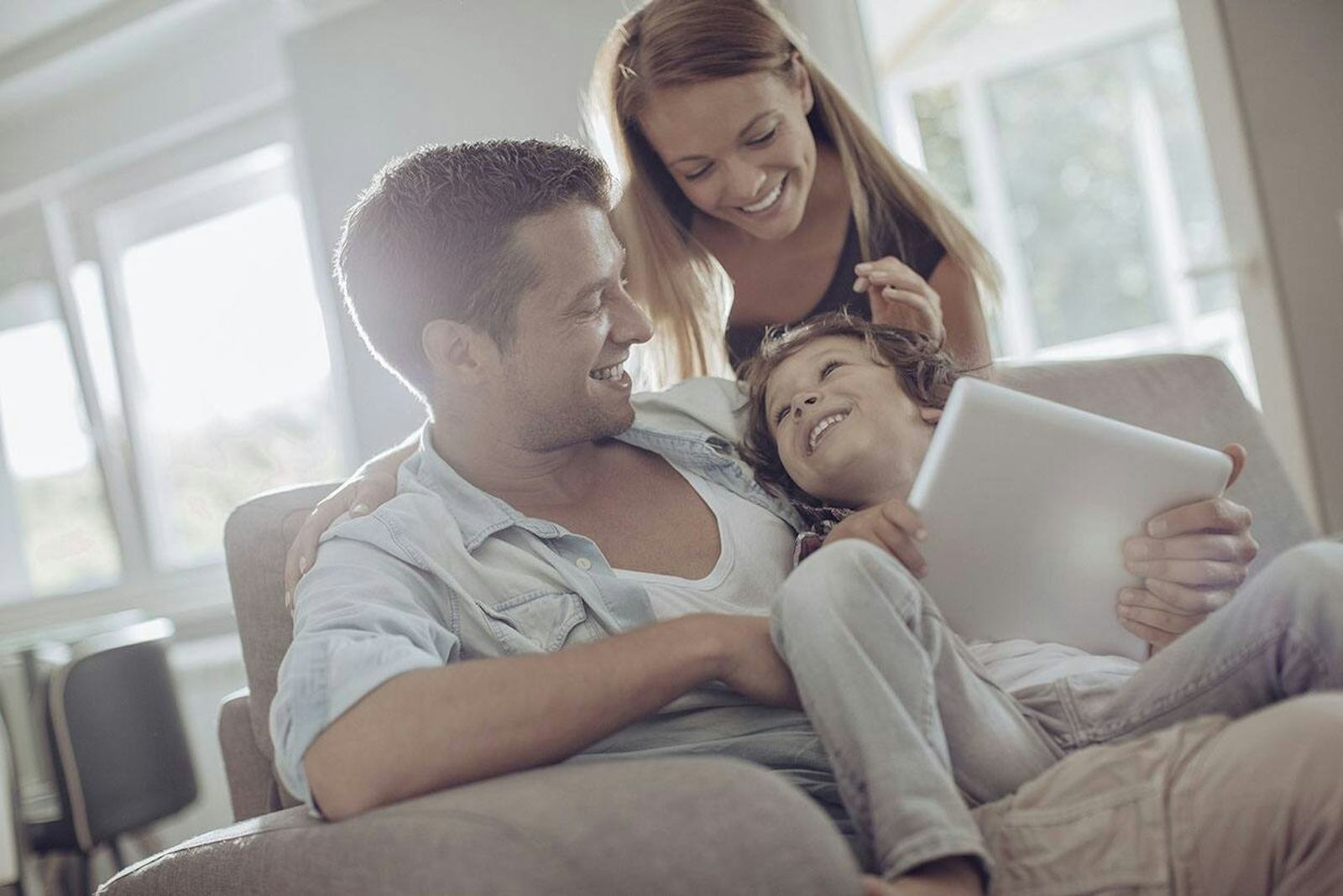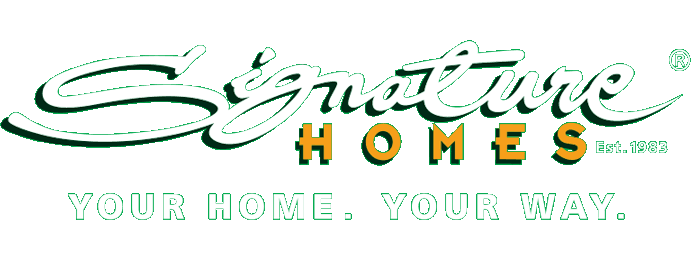What is a Smart Home?
Posted on January 29, 2018 in Sustainability

It’s the middle of winter and a cold southerly has hit. You are heading home after a long day and pull into your driveway. The gate automatically opens and at the same time, the lights in your garage turn on. You unpack the car and step inside onto your (already) warm heated flooring. That tune you programmed as a favourite last week starts playing.
Welcome to your smart home.
We had a chat with Amy Griffiths, Home Solutions Consultant at PDL by Schneider Electric, to find out what you should know before building.

The scope of Smart Home technology
“We are seeing more technology that can adapt to light, movement, temperature, power consumption, humidity, UV and vibration, helping a home to become more efficient. Automation really comes alive when you’re not manipulating it, but instead, it's manipulating itself by reacting to external triggers,” Amy says.
Simple ‘smart’ technology like motion sensors are a practical inclusion in spaces like a scullery or walk-in wardrobe. When motion is detected, lights can come on automatically, which is handy when you have your hands full. Lights then switch off after a period when no motion is sensed.
Geo-fencing technology is another evolution in the smart home space. When connected with your smartphone it can tell if you are on your way home or nearby, and be configured to perform different functions in your home. This could be as simple as having your outdoor and entrance lighting turn on so your path to the front door is well lit, and your heat pump turned on. Or some people like to take it to the next level and have their favourite song play when they walk in the door. That’s the beauty of smart home technology, it can be as practical or as fun as you like.
For those with certain needs, such as physical or vision impairment, integration with tools such as voice control can make a real difference to daily lives, and this technology is becoming more affordable.
Smart Home Tech Installation – Planning for the Future
Until recently, home automation products have been predominately wired systems. This approach was often costly, particularly in existing homes, and was often focussed on sound systems and connectivity. Wired technology still has a part to play, particularly when planning for your data use, and the installation data wiring to provide access to data in all areas of the home and in luxury or bespoke fit-outs. In saying that both industry and homeowners are realising the value of the more easily installed and affordable wireless and Bluetooth technology due to its ease of installation. The PDL Iconic range of switches that can change over time and can connect to your smart devices via Bluetooth is a great example of a low-cost smart solution.

Amy’s advice to those building new is to consider your electrical, data and smart tech home requirements early in the building process, as it is always going to be more cost-effective to install cable and power points that can change over time during the build than retrofitting at a later date.
Talk to your Signature Homes New Home Consultant or Electrician about your plans, especially in critical areas like kitchens and living areas. The right electrical plan and smart home design can make all the difference.
Technology is moving fast and smart home options are becoming more affordable. The only real limit is your imagination.
